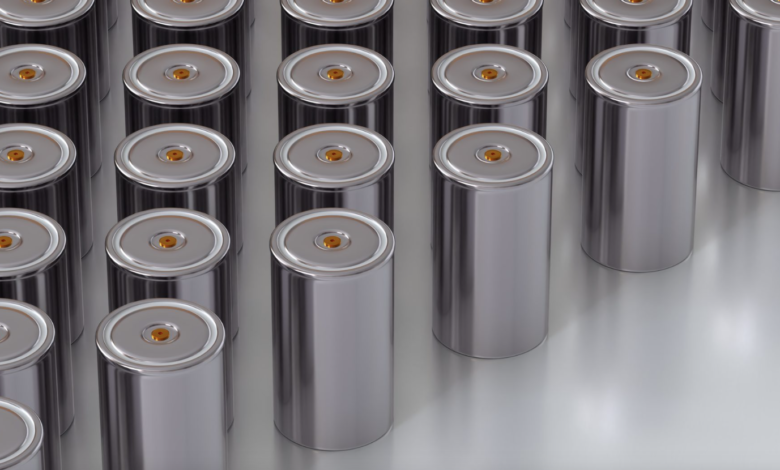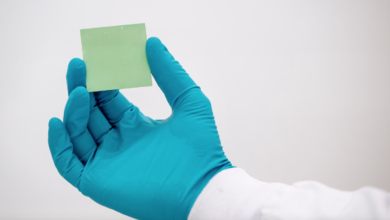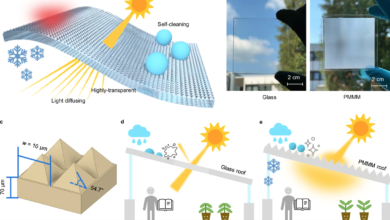Solid-state sodium-air battery sets new record

The use of Nasicon in solid-state sodium-air batteries
Realized a solid state sodium-air battery able to use directly the atmospheric oxygen and with excellent results on the performances. The credit goes to the group led by Professor Byoungwoo Kang and Dr Heetaek Park of the Department of Materials Science and Engineering at the Pohang University of Science and Technology (POSTECH), South Korea. The team has made a significant step forward in the field of metal-air batteries by eliminating the need for special components such as selective membranes for atmospheric oxygen. However, to understand the scope of innovation, it is appropriate to make a few small clarifications.
Metal-air batteries, advantages and disadvantages
Rechargeable batteries classified as metal-air represent a particularly interesting field for storage research due to an exceptionally high theoretical gravimetric energy density. However, currently, they are mostly based on the use of pure oxygen instead of ambient air. Why? Because by using air the chemical interactions that would occur between the discharge products and the atmospheric constituents such as CO2 and H2O would lead to the formation of particularly stable carbonate and metal hydroxides.
One possible solution is the use of O2-selective membranes, which capture and purify the O2 from other atmospheric gases. These membranes, however, can substantially reduce the achievable gravimetric and volumetric energy densities.
The new solid-state sodium-air battery
To address the problem, the scientists used Nasicon, a sodium-based superionic conductor, as a solid electrolyte. Nasicon, which also incorporates silicon and zirconium, is capable of ionic motion while demonstrating high electrochemical and chemical stability.
By exploiting this compound, the group produced a new solid-state sodium-air battery without selective membranes and in which the sodium metal electrodes are protected from air. But most importantly it “triggered” the decomposition of the carbonate formed during the operation of the electrochemical cell.
“As a result – POSTECH explains in a press release – the reversible electrochemical reaction involving carbonate has led to an increase in the energy density of the cell, increasing the working voltage and significantly reducing the voltage gap during charging and the discharge, Thus improving efficiency”. Tests have shown that the new solid-state sodium-air battery achieves energy efficiency of more than 86% at 0.1 mA/cm2 over 100 cycles. It also showed a superior kinetic capacity through the in situ formed catholyte, which has a rapid conduction of the sodium ions within the electrode.
“We have devised a method for exploiting carbonate, a long-standing challenge in the development of high-energy metal-air batteries,” commented Professor Kang. “We hope to lead the industry in the next generation of all-solid-state metal batteries“. The research was published in Nature Communications.





